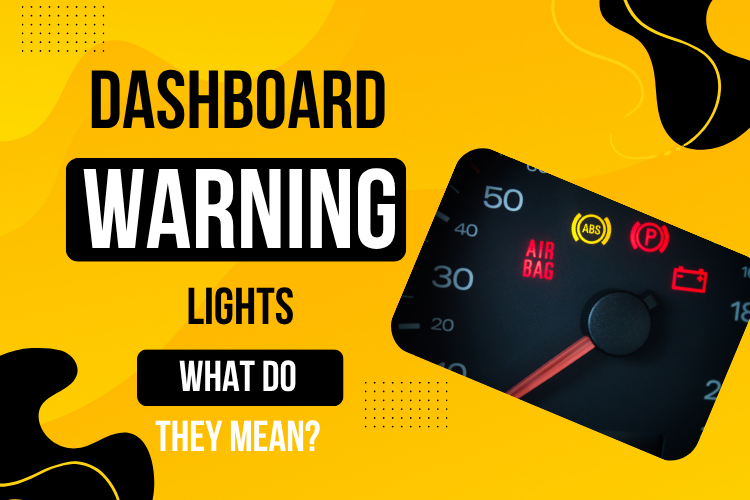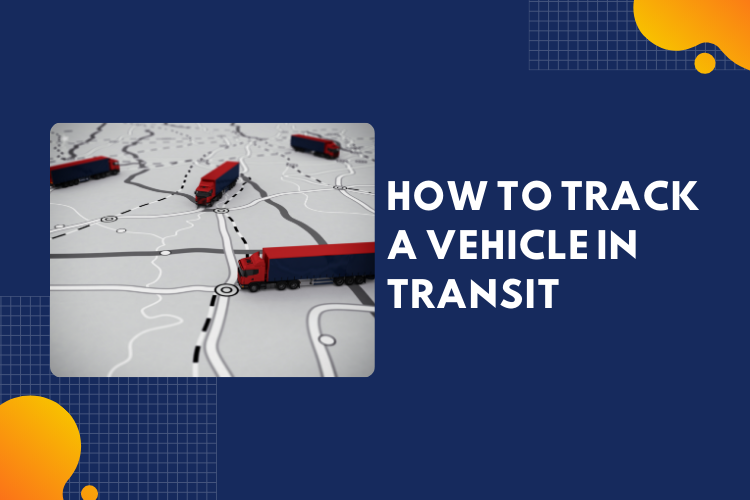Imagine you are driving when suddenly, a glowing icon appears on your dashboard. Maybe it’s an engine shape, an exclamation mark, or a mysterious thermometer. These dashboard warning lights are your car’s way of communicating. Understanding these signals mean the difference between a minor fix and a major repair bill.
According to the CarMDs Health Index Report 2024, nearly 49% of drivers ignore dashboard warning lights for more than a week, risking safety and costly repairs. Learning the car lights’ meaning behind each symbol can help you stay safe and extend your vehicle’s life. Whether you’re planning a road trip, buying a new car, or preparing it for transport, this article is here to prepare yourself for when these pesky warning lights appear.
Key Takeaways
- Dashboard lights are early indicators of mechanical or electrical issues.
- Ignoring warning lights can lead to serious and expensive damage.
- Common dashboard warning alerts include the check engine light, battery, oil pressure, and brake system.
- Understanding what each warning means helps you take quick, smart action.
In This Guide:
- Check Engine Light
- Battery Warning Light
- Transmission Temperature Warning
- Tire Pressure Monitoring System (TPMS)
- Brake System Warning
- Coolant Temperature Warning
- Airbag Warning Light
- Oil Pressure Warning
- Lamp Out Warning
- Washer Fluid Light
- Low Fuel Warning
- Battery Light
- Bottom Line
- Dashboard Warning Light FAQ
Check Engine Light
The check engine light is the most recognized (and feared) dashboard warning. It signals that there is a problem with your vehicle’s emissions, fuel, or exhaust system. Sometimes it may be a loose gas cap; other times, it’s a failing catalytic converter.
How to Fix
In order to fix the check engine light, try and tighten your gas cap as a loose cap often triggers the light. If the check engine light stays on, use an OBD-II scanner to read the trouble code. If it’s flashing, stop driving immediately, it could mean a serious misfire. Visit a certified mechanic as soon as you can for diagnostics and repair.
Battery Warning Light
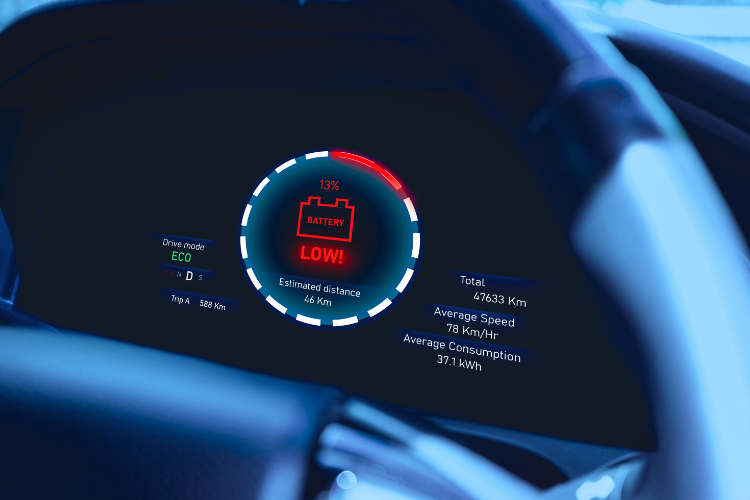
The battery light warns of a charging system issue, it’s not just a sign of a weak battery. A flashing battery warning light could indicate a failing alternator, corroded cables, or a broken drive belt.
How to Fix
To fix a battery warning light, you need to turn off nonessential electronics like A/C or radio to conserve power. Check the battery terminals and make sure there is no corrosion. If the battery warning light stays on, have your charging system tested immediately. If you’re moving a car across states, ensuring the electrical system is healthy before shipping your vehicle prevents post-transport surprises.
Transmission Temperature Warning
The transmission temperature warning light is usually red or yellow in color. This means your transmission fluid is overheating, typically due to heavy towing, hot weather, or low fluid levels.
How to Fix
As soon as you see the transmission temperature light on, you need to pull over safely and allow the vehicle to cool. In the meantime, check the transmission fluid level and top up if low. If it reappears, get a transmission service to avoid long-term damage.
Tire Pressure Monitoring System (TPMS)
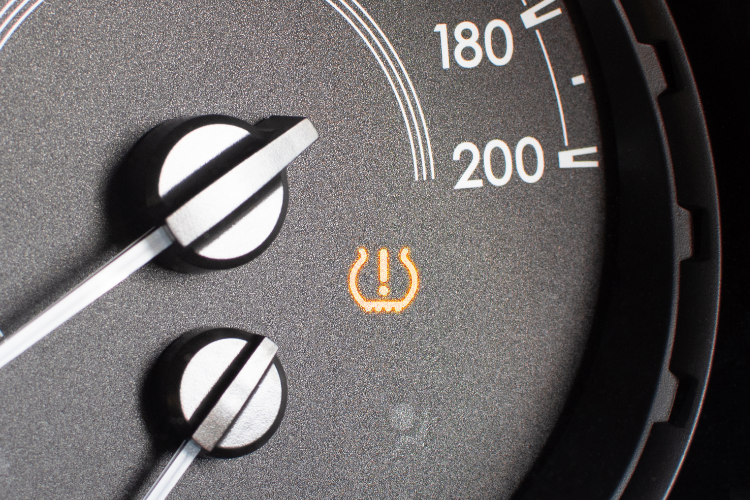
This light is a horseshoe with an exclamation mark on your dashboard. When lit, it indicates low tire pressure. If you drive with underinflated tires, it affects handling, fuel efficiency, and safety.
How to Fix
Use a tire gauge to check pressure and inflate to the manufacturer’s recommended PSI. If the light stays on after filling, reset the TPMS according to your car’s manual. Regular tire checks are vital before car transport or long trips.
A 2018 survey of more than 1,000 U.S. drivers conducted by Goodyear Auto Service and Just Tires revealed that nearly half of younger drivers (49%) and 39% of all drivers couldn’t identify the tire pressure monitoring system (TPMS) warning light.
Brake System Warning
A red or amber brake light could signal low brake fluid, worn pads, or a fault in the ABS (anti-lock braking system). If it turns on while driving, take it seriously.
How to Fix
Once you park your car, check for your parking brake first, it might be slightly engaged. If not, inspect brake fluid levels and top up if necessary. In case you see a persistent light, schedule immediate brake service.
Coolant Temperature Warning
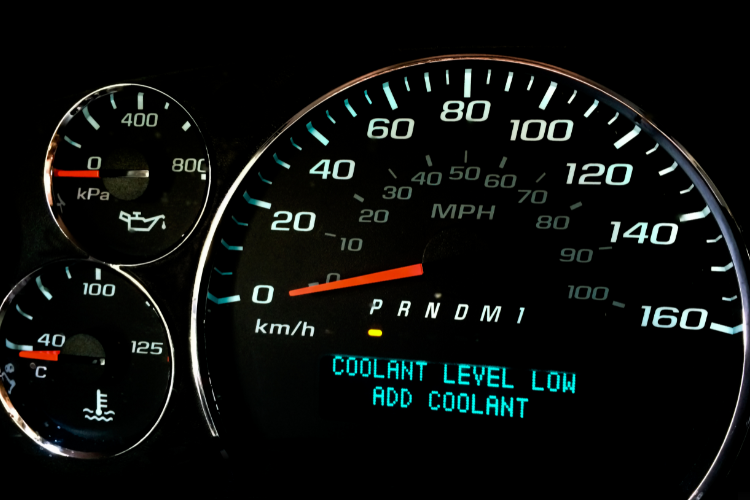
This red thermometer icon warns your engine is overheating. Coolant temperature warning usually pops up due to low coolant, a faulty thermostat, or radiator problems.
How to Fix
It is important that you pull over immediately as soon as you see the coolant temperature warning and let the engine cool. Once cool, check coolant levels and top up if needed.
If the issue persists, visit a mechanic as overheating can warp the engine head.
Airbag Warning Light
If the airbag light stays on, your vehicle’s safety system may not deploy correctly during a collision. The airbag warning could stem from a damaged sensor or a disconnected airbag module.
How to Fix
When it comes to airbag warning lights, it is recommended to avoid DIY repairs. Airbags are complex and dangerous to handle. So you should visit a qualified technician for diagnosis and repair. Always address this issue before buying or shipping a used car.
According to NHTSA, frontal air bags have saved more than 50,000 lives in the last 3 decades.
Oil Pressure Warning
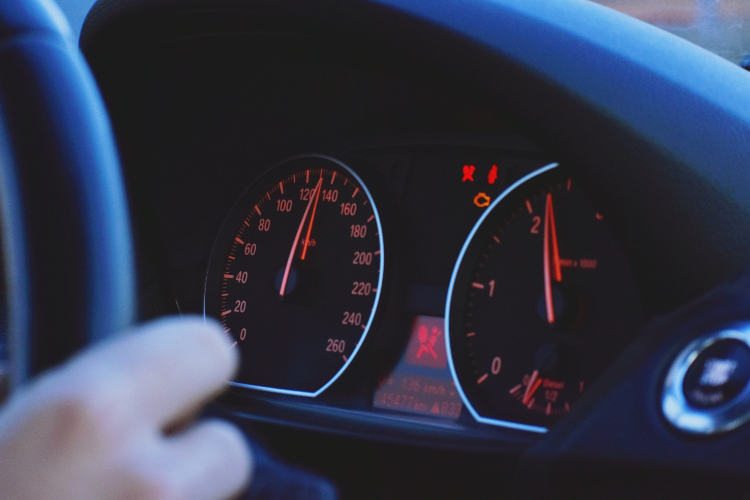
The oil can icon indicates low oil pressure. It means your engine isn’t getting enough lubrication. Continuing to drive can lead to engine failure.
How to Fix
You need to stop immediately and turn off the engine. Check oil levels and add oil if low. If the light remains on, call roadside assistance.
Lamp Out Warning
A lamp out warning symbol means one or more exterior bulbs (headlight, brake light, etc.) are burned out. It’s a minor issue but affects visibility and can result in fines.
How to Fix
Make sure you inspect all exterior lights. Replace any burnt bulbs promptly. Also, check fuses if replacements don’t work.
Washer Fluid Light
This blue or yellow symbol indicates low windshield washer fluid. Although it is not a safety risk, it is vital for visibility.
How to Fix
You need to Refill the washer reservoir with approved washer fluid. Also, you need to avoid plain water in freezing climates to prevent damage.
Low Fuel Warning
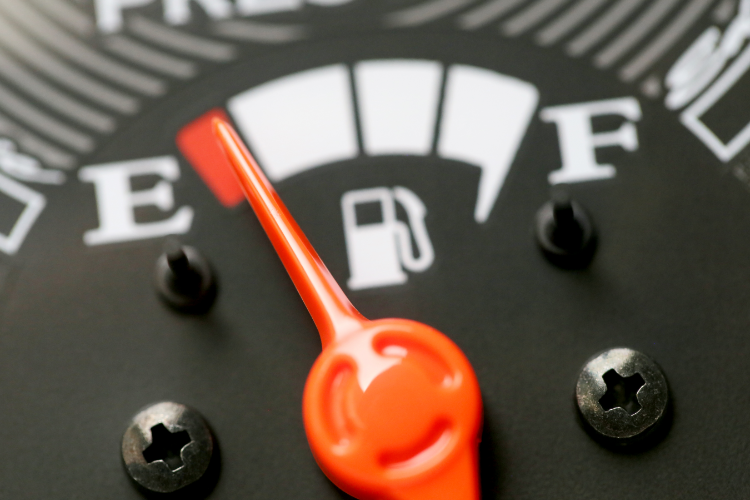
Low fuel warning is simple yet critical light indicates you’re running low on gas. On average, the light turns on with about 30–50 miles of range left.
How to Fix
Refuel as soon as possible. You need to avoid running dry, as it can damage your fuel pump.
Battery Light
The battery symbol signals a charging issue. The causes can range from a weak battery to alternator failure or loose serpentine belt.
How to Fix
To address the battery light issue, you need to inspect battery connections for corrosion. Test the alternator output and replace components as needed.
Bottom Line
Dashboard lights are your car’s built-in safety language. They help you detect small issues before they turn into big expenses. Whether you’re planning to buy a car online, exploring the cheapest states to buy a car, or wondering how long it takes to ship your vehicle, understanding your dashboard warnings ensures your vehicle is safe and ready for the journey ahead.
At Sherpa Auto Transport, we make sure your car travels safely and arrives in top condition. With our Price Lock Promise, you can ship with confidence knowing your vehicle is cared for every step of the way.
Dashboard Warning Light FAQ
What is the most serious warning light in a car?
The engine temperature or oil pressure light are the most critical as both can cause engine failure if ignored.
What is the most common dashboard light?
The check engine light is the most frequently triggered warning across all vehicle types.
Can you drive with warning lights?
It depends. Yellow lights (like tire pressure) often allow limited driving, but red lights (like oil or temperature) require immediate attention.
When should I worry about dashboard lights?
If the light is red or flashing, stop driving and check your vehicle immediately. Continuous yellow or orange lights should be checked soon.

